Burnout Alarm Possible for One of Multiple Heater Elements
Heater burnout is detected by digitally processing minor current fluctuations.
Digital Heater Element Burnout Detector
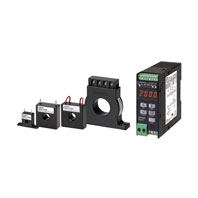
about this Product Family
last update: September 02, 2015
Burnout Alarm Possible for One of Multiple Heater Elements
Heater burnout is detected by digitally processing minor current fluctuations.
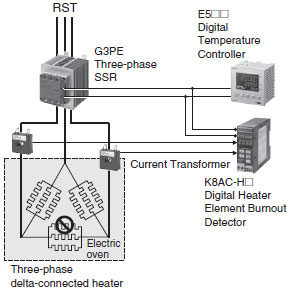
Push-in terminals have no screws to come loose, which eliminates the need to control screw tightening torque and retighten screws and helps to reduce your workload.

Easily connect terminals using ferrules with insulation sleeves.
Easily set the scaling just by inputting (1) the CT ratio and (2) the number of CT passes.
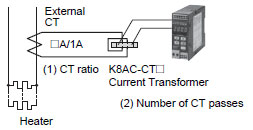
Models with heater burnout alarms for ON/OFF control, phase control, and cyclic control have been added to the lineup.
Check the current input range, connected CT, and relay output type before selecting the model from the product specifications.
Note: Both single-phase and three-phase heaters are supported.
The burnout detection value is shifted according to the control output value from the temperature controller.
• Analog control is performed on the output power according to the temperature controller's current output (4 to 20 mA)
when phase control or cyclic control is used.
• Heater burnout alarms are stable with the K8AC-H because the heater burnout alarm values are linked with the control
output value from the temperature controller.
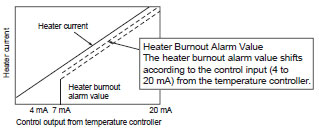
When using gradient settings with a power controller, set a gate current level that is suitable for the gradient settings.
Note: Set the heater burnout alarm value based on the current at the heater's rated input.
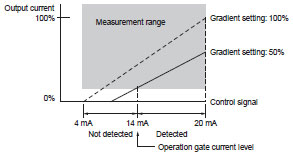
The transistor output of the K8AC-H2[][]N uses a photocoupler for isolation with the internal circuits, and so either an NPN opencollector output or a PNP equivalent output can be used.
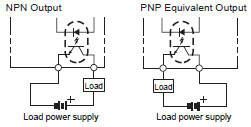
Managing the run time history until burnouts occur is useful for diagnosis and preventative maintenance for equipment.
Set the upper and lower limits to count the total number of alarms that have been output.
last update: September 02, 2015